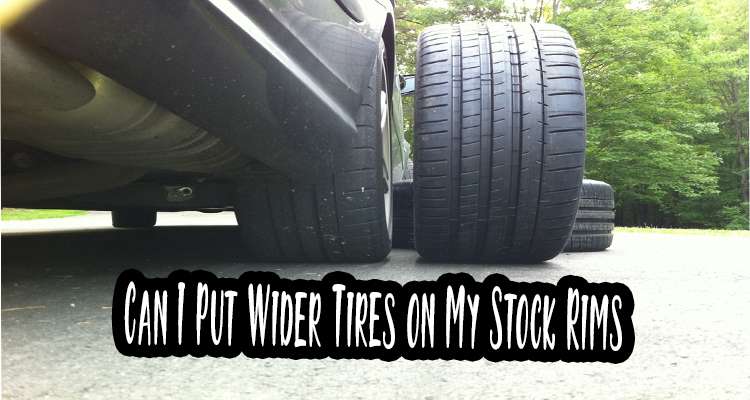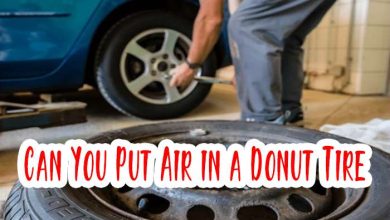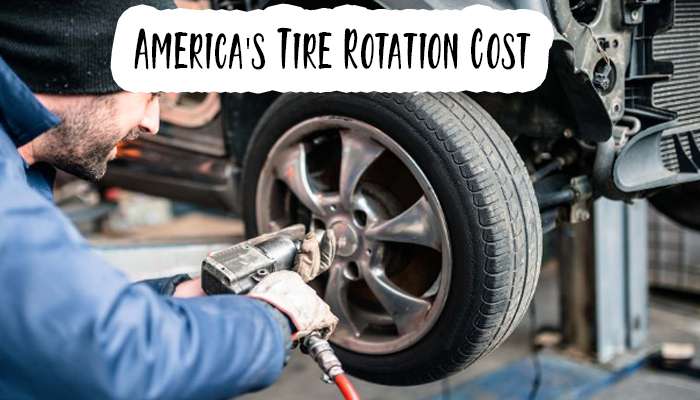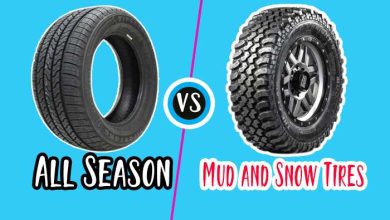Can You Have Different Tires on Front and Back of Your Vehicle?
Welcome to the world of tires, where the rubber meets the road – literally! If you’re here, you probably have a burning question on your mind: Can you have different tires on the front and back of your vehicle? It’s an issue that many drivers face, and the answer isn’t always straightforward.
With my years of tire industry experience, I’m here to help you understand front and rear tire distinctions, discuss mixing them, and offer expert insights. Let’s get started!
Yes, you can have different tires on the front and back of your car, but it is not recommended. Having the same tires on all four wheels is best for optimal safety and performance.
Front and Rear Tires: Key Differences
Before we delve into whether you can mix tires, it’s essential to understand the fundamental disparities between front and rear tires.
Also Read: Can I Put Wider Tires on My Stock Rims?
| Aspect | Front Tires | Rear Tires |
|---|---|---|
| Function | Responsible for steering and directional control. | Provide stability and traction for acceleration and braking. |
| Tread Pattern | Often designed for efficient water evacuation, with straighter grooves. | Typically have a more aggressive tread for better traction. |
| Wear and Tear | Front tires may wear out faster due to steering and cornering stresses. | Rear tires tend to last longer as they primarily handle power delivery. |
| Rotation | Regular rotation is essential to ensure even wear on all tires. | Rotation can help extend the lifespan of rear tires and maintain balance. |
| Alignment | Front tires are more sensitive to alignment issues, affecting steering. | Misalignment in the rear may impact stability and tire wear. |
| Tire Pressure | Proper inflation is crucial for steering responsiveness. | Correct tire pressure aids in traction and braking. |
| Replacement Pairs | Replacing both front tires at once is common. | Rear tires are often replaced as a pair to maintain balance. |
| Cost | Front tires are usually less expensive than rear tires. | Rear tires can be pricier due to higher performance demands. |
Can You Have Different Tires on Front and Back?
Can You Have Different Tires on Front and Back? Yes, you can have different tires on the front and back of your car, but it is not recommended. Having the same brand, model, and size tires on all four wheels is generally best. This is because mismatched tires can affect the handling and performance of your car.
For example, if you have different tires on the front and back, you may experience oversteer or understeer. Oversteer is when the rear of the car comes around faster than the front, while understeer is when the front of the car pushes wide in a turn. This can make it difficult to control the car and lead to accidents.
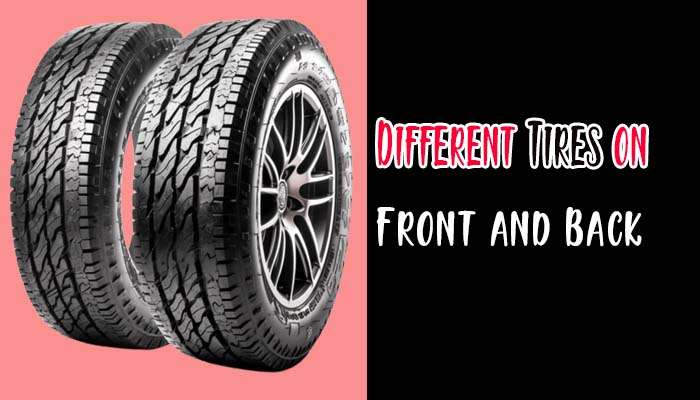
Additionally, mismatched tires can wear unevenly, reducing their lifespan and performance. There are a few cases where it may be okay to have different tires on the front and back.
Also Read: Can a Tire Be Patched on the Side?
For example, if your car has a staggered setup, which means the rear tires are wider than the front tires, it is okay to have different front and back axle tires. This is because the wider rear tires provide more traction and stability.
Another case where it may be okay to have different tires on the front and back is if you are using winter tires on the front axle and all-season tires on the rear axle. This is because winter tires provide better traction and handling in snow and ice.
However, if you are unsure whether it is okay to have different tires on the front and back of your car, it is best to consult with a tire expert.
Reasons for Mixing Tires
- Cost-Effective Solution: If you’re on a tight budget, mixing tires might be practical. You can replace only the tires that are worn out or damaged instead of buying a complete set.
- Seasonal Differences: Some regions experience extreme seasonal variations. Mixing summer and winter tires can provide the best of both worlds – good handling in warm weather and superior traction in winter conditions.
- Performance Optimization: Enthusiast drivers sometimes mix tires to optimize their performance. For example, high-performance tires in the front for better handling and all-season tires in the rear for improved traction.
Advantages of Matching Tires
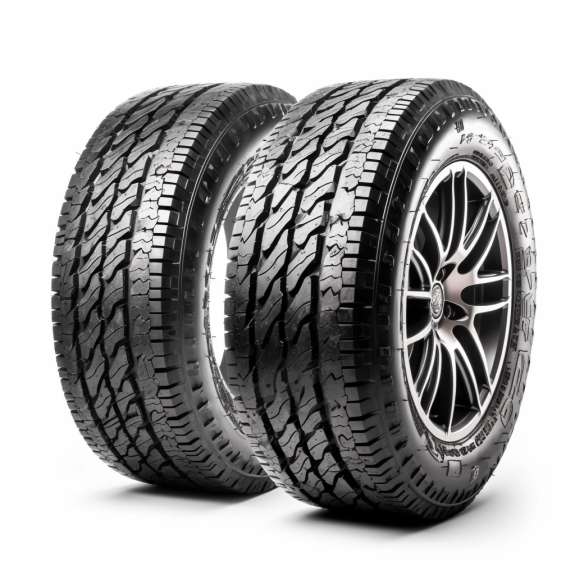
While mixing tires can be a viable option, there are distinct advantages to matching them:
- Consistent Performance: Matching tires ensures uniform handling, braking, and stability, contributing to a safer driving experience.
- Improved Traction: Identical tires on all four wheels provide consistent traction, especially in adverse weather conditions.
- Balanced Wear: When tires are the same, they tend to wear out more evenly, extending the lifespan of the entire set.
Disadvantages of Mismatched Tires
It’s crucial to be aware of the potential downsides of having different tires on the front and back of your vehicle:
- Handling Issues: Mismatched tires can lead to uneven handling, making your vehicle feel less stable, particularly when turning or braking.
- Safety Concerns: Different tires can result in inconsistent performance, which can be dangerous, especially in emergency situations.
- Increased Maintenance: When dealing with mismatched tires, you might need to pay more attention to tire rotation and alignment.
Read Also: 205 55r16 Tire Pressure
When Is It Acceptable to Mix Tires?
So, when can you consider mixing tires without compromising safety and performance? Here are some scenarios where it’s acceptable:
- Temporary Solution: If you’re waiting to replace a damaged or worn-out tire, a mismatched tire can be a temporary fix until you get a matching replacement.
- Different Axles: It’s generally acceptable to have different tires on the front and rear axles, as long as both axles have matching pairs.
- Varied Road Conditions: If you frequently switch between urban and off-road driving, you can use different tires for better adaptability.
- Specialized Performance: In high-performance vehicles, mixing tires might be done intentionally to optimize performance, but this should be done with caution and expertise.
Expert Opinions and Industry Recommendations
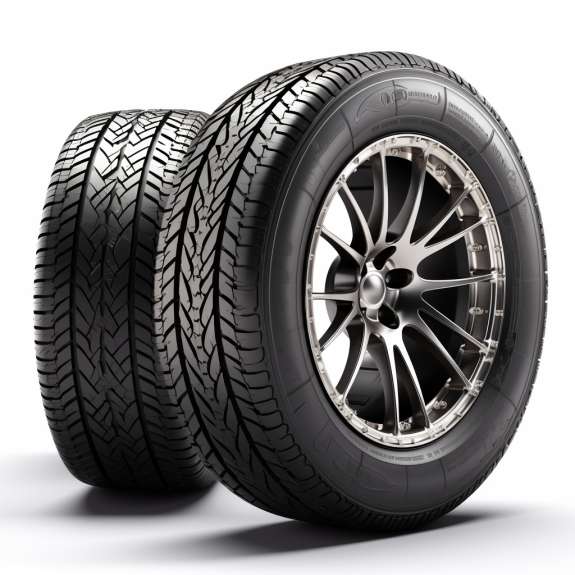
To provide you with the most reliable information, let’s consult experts in the tire industry and explore their recommendations.
Tire Safety Association
The Tire Safety Association, a respected authority on tire safety, emphasizes, “Our primary recommendation is always to use matching tires. This ensures uniform performance and safety. If you must mix, do so with caution and knowledge of your specific needs.”
Car Enthusiast Magazine
Car Enthusiast Magazine explains, “Enthusiast drivers may experiment with mixed tires to achieve specific performance goals. However, it’s essential to know the impact on handling and stability.”
Frequently Asked Questions (FAQs)
Can I mix winter and summer tires?
Yes, it’s possible to mix winter and summer tires. However, be cautious and consider your driving conditions. Ideally, have a complete set of either winter or summer tires for consistent performance.
What if I have two nearly new tires and two older ones?
Mixing newer and older tires is acceptable in some cases. Ensure the newer tires are placed on the rear axle to maintain stability and prevent oversteering.
Is it safe to have different tire brands on the front and back?
Mixing different tire brands is not recommended. It can lead to unpredictable handling and performance issues. Always aim for consistent brands and models.
How often should I rotate my tires?
Regular tire rotation is essential for even wear. Every 6,000 to 8,000 miles is a good rule of thumb, but consult your vehicle’s manual for specific recommendations.
Conclusion
In the world of tires, the question of mixing front and rear tires isn’t straightforward. While it’s possible in certain situations, it’s crucial to consider the impact on handling, stability, and safety.
Matching tires offer the most consistent and safe driving experience, but mixing tires can be a practical solution for those with specialized needs or budget constraints.
Always consult experts like John from John’s Tire Shop and follow organizations’ recommendations like the Tire Safety Association. The key is to drive safely and make informed choices regarding your tires.
Glossary
- Tread Pattern: The specific design of a tire’s rubber surface that affects traction and performance.
- Load-Bearing Capacity: The maximum weight a tire can support.
- Compound: The mixture of rubber and other materials used in tire construction.
